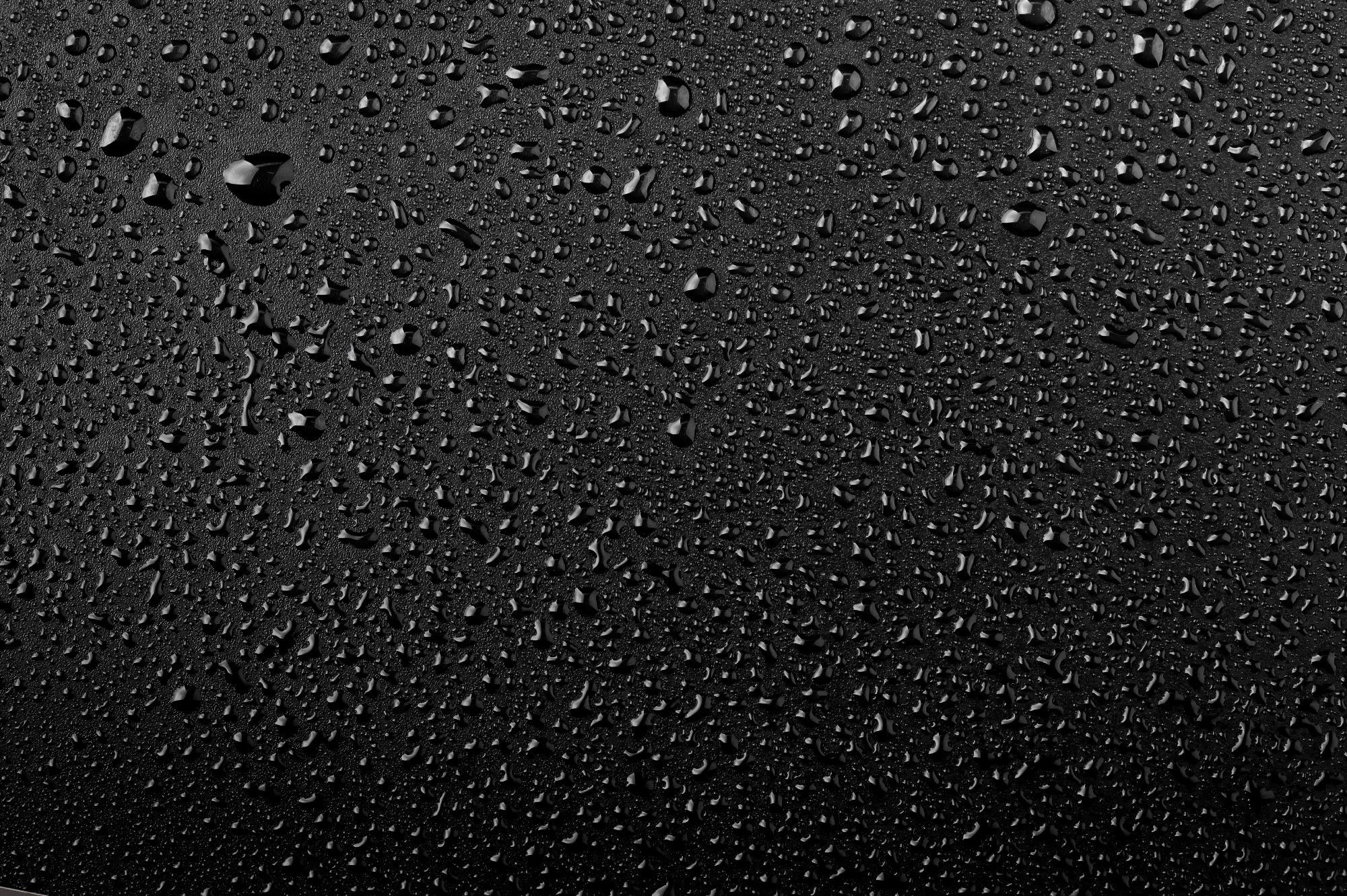Researchers at Nanyang Technological University, Singapore (NTU Singapore) have created a new type of coating that, when coated on a plastic surface, inhibits fogging and ‘self-cleans’, repressing the need for recurrent reapplications. The hard-wearing coating of a thin double-layered silicon dioxide-titanium dioxide film is applied through a two-step process.

Image Credit: Shutterstock.com/Freedom Life
To begin with, the plastic surface is treated with oxygen plasma, which is a standard industrial technique to clean surfaces to increase adhesion. Then, the thin double-layered film is placed on the plastic surface using pulse laser deposition — in which a laser beam is irradiated to vaporize material from the intended coating targets to realize the preferred level of thickness of the film.
The method delivers better control of the film’s thickness and structure during manufacture, compared to similar industrial approaches, and results in a better quality film.
The coating displayed superior adherence to the plastic surface. When exposed to abrasion using a cheese cloth pad — a common test for optical coating, and an adhesion test using cellophane tapes, the durability of the coating was well maintained.
Fogging is seen when water vapor condenses as dewdrops on a surface, and so the coating’s anti-fogging performance is measured by how rapidly the condensed water droplets spread into an even film that does not hinder vision.
During the various tests on the new coating, digital fast frame imaging revealed a water droplet spreading within 93 milliseconds, less than the time taken for the average human eye to blink — 100 milliseconds.
The findings by the NTU team were reported in the December 2021 issue of the peer-reviewed scientific journal Applied Surface Science.
Overcomes Limitations of Temporary Anti-Fogging Coatings
Anti-fogging wipes and sprays have become common products among eyeglass or spectacle wearers, especially since the COVID-19 pandemic as mask-wearing has become the standard and wearers want to stop condensation hindering their view.
Anti-fogging coatings are also used in windshields, solar panels, and lenses or displays that are used in humid surroundings. However, currently available commercial solutions, such as anti-fogging wipes and sprays are temporary as they cannot withstand washing and must be reapplied recurrently. Furthermore, they are susceptible to surface contamination by bacteria or dirt, which means maintenance or replacement is indispensable.
While scientists elsewhere have created anti-fogging coatings for plastics, two of the biggest hindrances to their extensive adoption are the long manufacturing time and poor durability — that is, weak adhesion between the coating and the plastic surface.
Most anti-fogging solutions today are temporary and have limited efficacy. Our team has demonstrated an approach that is fast to fabricate, taking around an hour, and produces long-lasting results, proving its potential for wide-ranging practical applications.
Professor Chen Zhong, Study Co-Principal Investigator, School of Materials Science and Engineering, NTU
Owing to the enduring anti-fogging and ‘self-cleaning’ ability of the newly created coating, the NTU researchers believe their innovation provides an appealing, long-term solution to overcome problems of plastic fogging that may also decrease costs and waste.
Coating ‘Self-Cleans’ Under Sunlight Exposure
Titanium dioxide — a chemical employed in the coating designed by the NTU researchers, possesses a photocatalytic ability, meaning it can ‘self-clean’ by reacting with and eliminating organic residues under exposure to sunlight (ultraviolet light).
During the lab tests carried out to verify the coating’s ‘self-cleaning’ ability, the coating could break down contaminants (i.e., bacteria and dirt) on the plastic surface after a complete day of ultraviolet light exposure.
Our innovation is promising for use in industrial applications of various optical components, for example, on surveillance camera protective covers. The ability for the coating to ‘self-clean’ makes it a low-maintenance and trouble-free solution since the cover may be less obscured by surface dirt and grime, providing a clearer view for surveillance.
Professor Rajdeep Singh Rawat, Co-Lead Researcher and Head, Natural Sciences & Science Education Academic Group, National Institute of Education
The newly engineered coating is also anti-reflective with an excellent visible light transmittance of nearly 89% on a standard plastic lens, approximately 5% better than the same lens without a coating. This is especially beneficial for use in eyeglasses, as higher visible light transmittance allows for more light to pass through the plastic and reach the eye, offering better clarity.
The reported results prove the multifunctionality of our coating. It is antireflective, antifogging, and self-cleaning. Additionally, the fabrication approach is fast and easy to implement with great durability. This makes our innovation unique among other antifogging methods which tend to end up with coatings with limited functions.
Sun Ye, PhD Student and Study First Author, School of Materials Science and Engineering, NTU
The researchers have filed a Singapore patent for the novel coating, and the team is keen to initiate industrial collaborations to commercialize the innovation.
Durable anti-fogging coating for plastic surfaces developed by NTU Singapore scientists
Video Credit: Nanyang Technological University
Journal Reference:
Sun, Y., et al. (2022) Mechanically robust multifunctional antifogging coating on transparent. Applied Surface Science. doi.org/10.1016/j.apsusc.2021.152307.